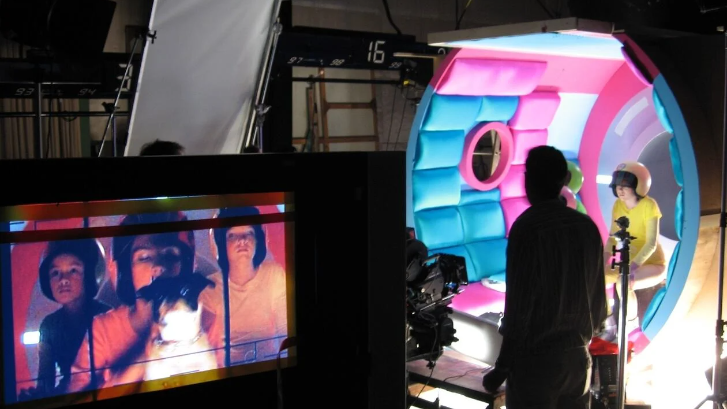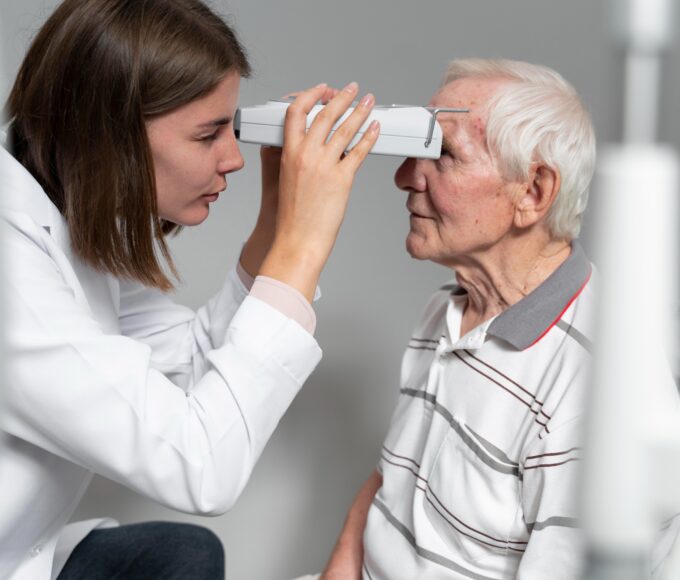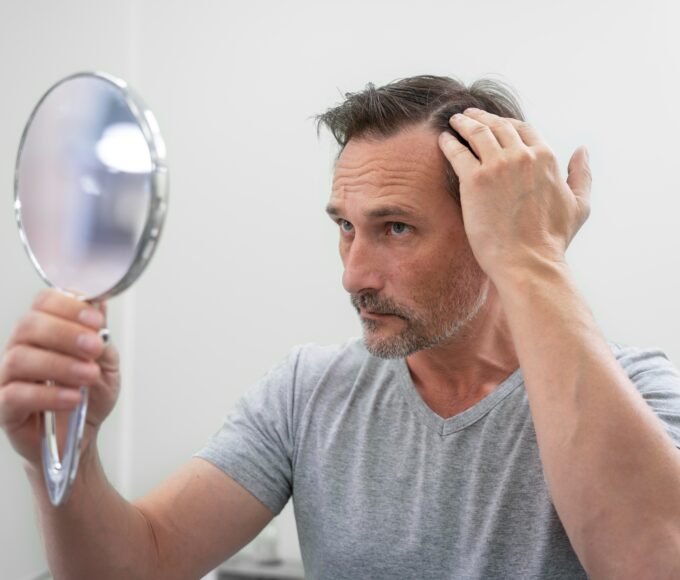In the world of filmmaking, the camera might capture the action, but it’s the set that gives it a soul. From sprawling cityscapes to intricate interiors, set design plays a critical role in storytelling by grounding narratives in believable and compelling environments. Whether it’s a futuristic sci-fi epic or an intimate period drama, well-executed sets bridge the gap between imagination and reality.
Professional studios and rising production houses alike, including rezaid film, often depend on set design to create an immersive experience that engages audiences both visually and emotionally. A film’s aesthetic coherence heavily relies on the choices made by the production design team—transforming written scripts into cinematic worlds that feel lived-in and genuine.
Set designers do not merely construct backgrounds. They craft entire worlds, ensuring that every object, texture, and color palette serves a narrative purpose. With every new project, these creators translate emotion into architecture, symbolism into spatial arrangement, and meaning into material.
In the ever-evolving landscape of cinema, one cannot overlook the power of visual storytelling. Production design in film is more than just decor—it’s a narrative tool that gives shape and style to the director’s vision.
The Evolution of Set Design Through Cinema History
Cinema’s earliest sets were built out of necessity rather than artistry. As technology and storytelling evolved, so did the role of set designers. Today, digital extensions complement physical sets, and period-accurate builds are constructed to the finest detail. This evolution reflects the growing recognition of the role production design plays in shaping audience perception and experience.
Behind the Scenes: Who Brings the Set to Life?
Production designers, art directors, set decorators, and construction teams work in harmony to create immersive environments. A production designer begins by reading the script and collaborating with the director to develop a visual language for the film. Set sketches, mood boards, and location scouting come next, leading into model creation and construction.
The goal isn’t just realism—it’s meaning. For instance, the tight, angular walls of a character’s room might subtly reflect their mental confinement, while warm, open layouts could signal comfort and safety.
Set Design as a Storytelling Language
A well-designed set communicates mood, class, culture, time, and psychological states without a single word of dialogue. The audience absorbs these cues instinctively, shaping their interpretation of the story and characters.
“Design is not just what it looks like and feels like. Design is how it works.” – Steve Jobs
From Wes Anderson’s color-coded worlds to the gritty realism of The Revenant, set design helps convey genre, pace, and tone. It adds emotional layers and enhances the cinematic impact—often becoming an unspoken character in the narrative.
Key Elements That Define Great Set Design
Before any set is constructed, production designers consider core components that impact the overall aesthetic and narrative strength of the film.
• Visual Harmony and Style
- Consistent color palettes
- Era-appropriate textures and materials
- Lighting considerations
• Functional Layouts
- Facilitates actor movement
- Supports camera placements
- Enhances blocking and scene transitions
These elements must blend together seamlessly to ensure that the visuals support the story instead of distracting from it. In this way, production design in film becomes a silent narrator—present but never overpowering.
Explore our in-depth guide to cinematic design and elevate your next project with expert insights into production design in film—the foundation of unforgettable visual storytelling.
Immersive Technologies Transforming Set Design
Modern tools have revolutionized the set design process. Virtual Production (VP), 3D modeling, and augmented reality are now used alongside traditional construction methods to achieve faster, more flexible results.
With VP, entire environments can be rendered on LED volumes, allowing filmmakers to adapt and control settings in real-time. This not only saves time but enhances creative freedom.
Practical Tips for Filmmakers Embracing Set Design
Harnessing the power of set design requires clear intention and effective collaboration. Whether you’re working with a large team or building an indie project, the following tips will guide your process:
• Plan with Purpose
- Understand the emotional core of each scene
- Develop mood boards and concept sketches
• Maximize Space and Budget
- Repurpose existing structures
- Invest in multipurpose props and furniture
Great design doesn’t always need a big budget—it needs big ideas executed with creativity and care.
Conclusion
Set design is far more than visual ornamentation—it’s a storytelling device that brings worlds to life and characters into focus. From the earliest days of film to today’s cutting-edge productions, its impact is unmistakable. By mastering the elements of production design in film, filmmakers can elevate their visual storytelling, making each frame resonate deeply with audiences. Whether you’re just starting out or crafting your next cinematic masterpiece, never underestimate the role of set design—it’s where the magic begins.















Leave a comment